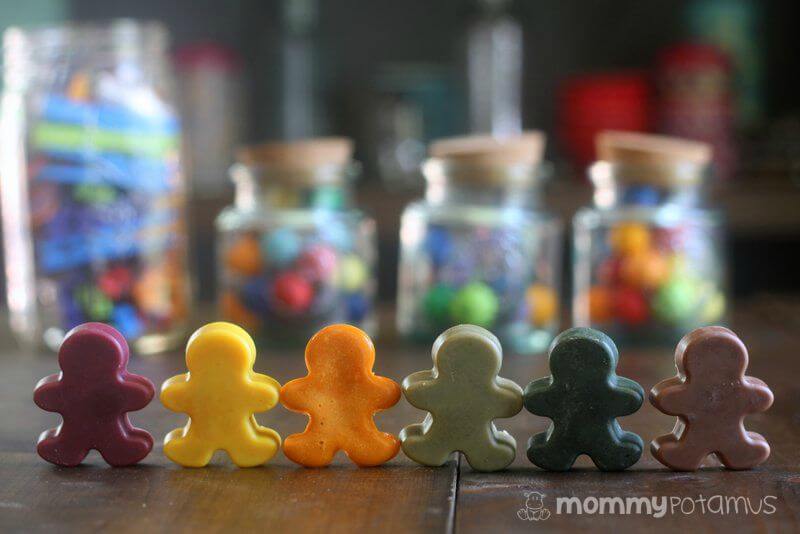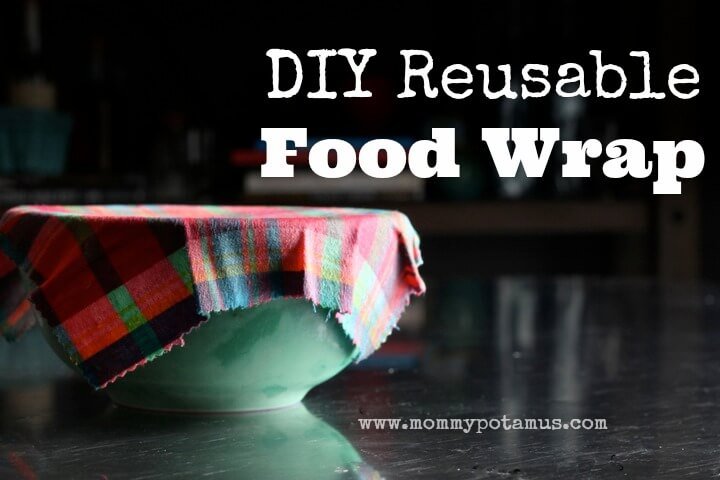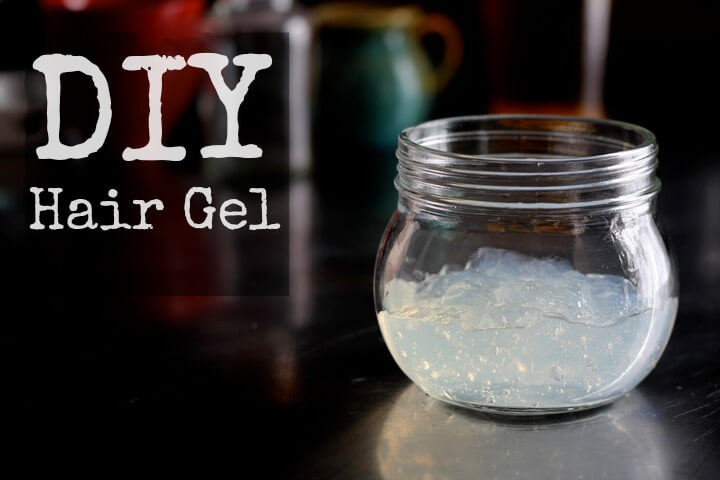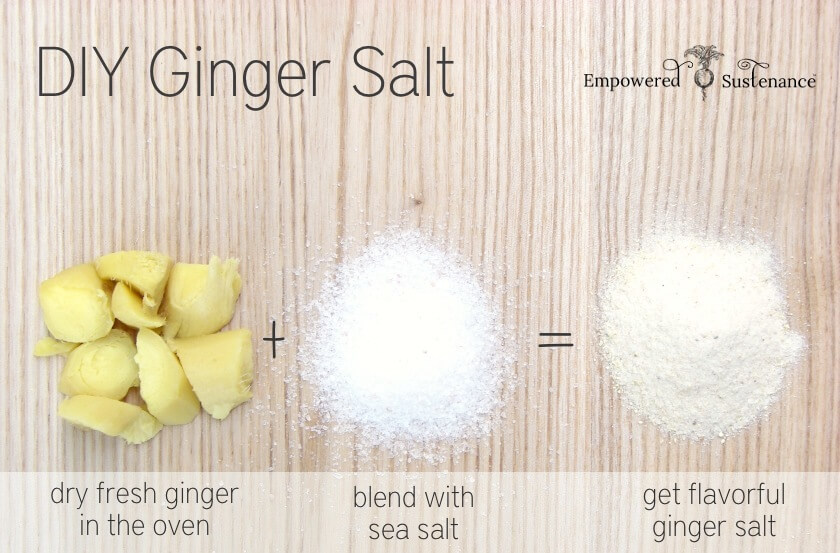
As our children have grown through various stages of development, we have tried to cater to their interests by providing them with toys and tools they need to explore this grand world and their specific environment. Just like our food and personal care products, we like to keep our kids arts, crafts, and other toys as natural as possible. That’s why we love homemade (and edible!) finger paint and essential oil infused play dough. Homemade crayons are another great way to ensure that your kids who may like to stick them in their mouths aren’t harmed 😉 Here’s a great tutorial for how to make crayons with food grade ingredients.
“Technicolor Diapers
Chances are that if you love them as much as I do, it’s because the color is on the OUTSIDE where it should be.
Smeared on the inside because a toddler is tooting rainbows after an art project turned into a crayon tasting? I don’t think any parent loves that.
While it’s true that crayons are labeled as non-toxic, certain colors may contain up to 2-5 ppm of lead. That’s below the amount allowed in toys, but above the 0.1 ppm amount the FDA has set for candies likely to be ingested by small children. Obviously crayons are not candies, but some kids seem to think they are!
Now, as you may have noticed from these posts on completely edible finger paint, play dough, face paint and moon sand, I’m a big fan of making art/play supplies out of food grade ingredients. Though the older potami have been great at keeping their little brother from taste-testing our store-bought crayon stash, he did go through a period where he would try to sneak a few in. That inspired me to try to come up with a food grade recipe, which flopped . . .
The secret, as it turns out . . .
Is a blend of beef tallow, fruit/veggie pigments and carnauba wax, which I learned about from Kresha at Nourishing Joy. It’s made from the leaves of a Brazilian palm tree, known as the “Tree of Life,” and it’s a food grade wax similar to beeswax. (source 1, source 2) The difference between the two is that it holds color a little better. Let me explain . . .
Beeswax Vs. Carnauba
Crayons made with beeswax take longer to cool than carnauba-based crayons, which causes the pigment tends to settle more on one side than the other.
Also, after a few days beeswax crayons tend to form a white powdery layer on the outside. If you rub them in the color returns, though, so if you want to use beeswax instead of carnauba it will totally work.
Either way, these crayons are perfect for little hands that are still developing fine motor skills! The yellow, orange, light green and brown are as smooth as store-bought crayons, while the pink and dark green are less smooth, but still totally usable.
What about a substitution for tallow?
If you don’t have tallow, you can use cacao butter. Not the stuff you find in the beauty section – only food grade, like this. It’s pricier than tallow, but will work in a pinch.”




Leave a Reply